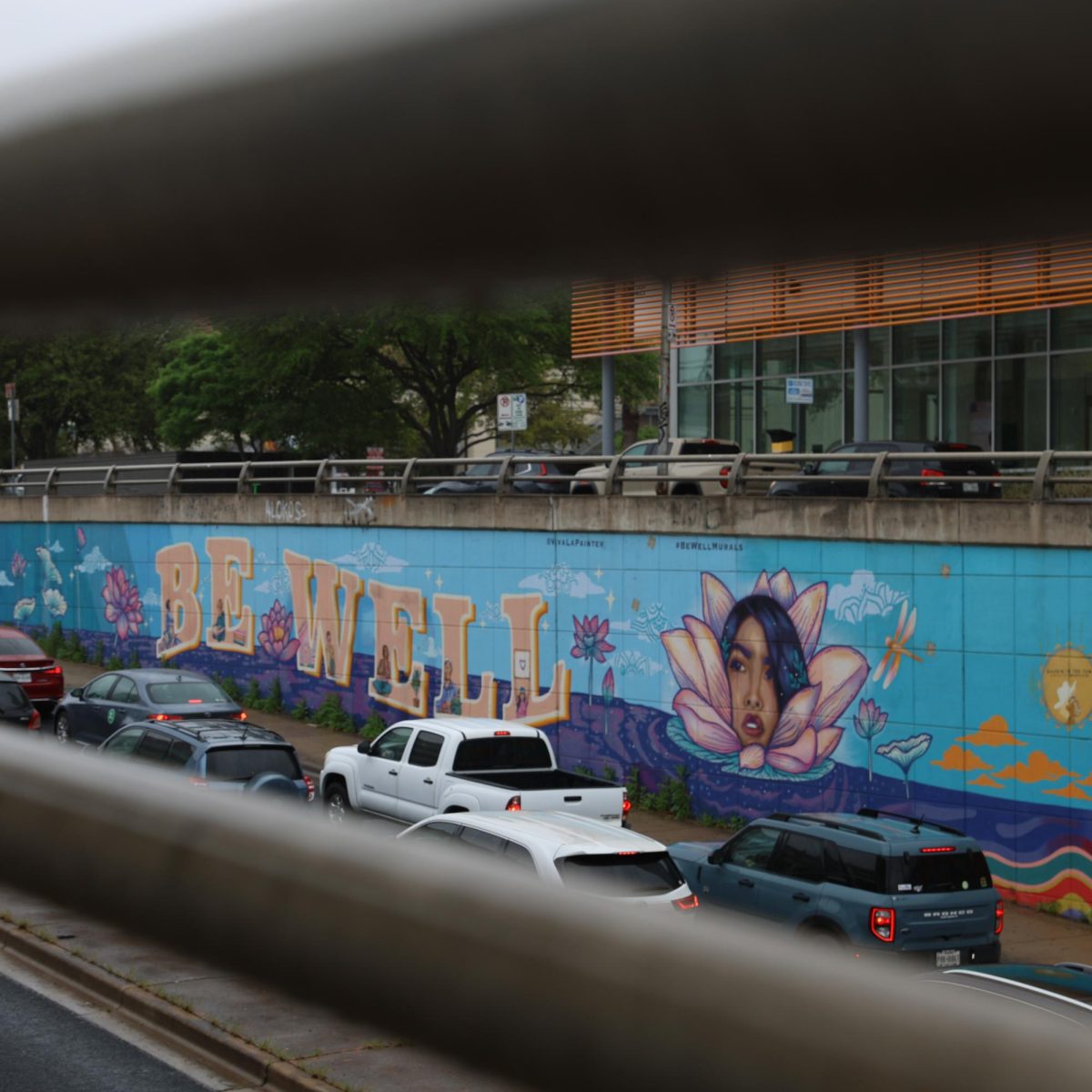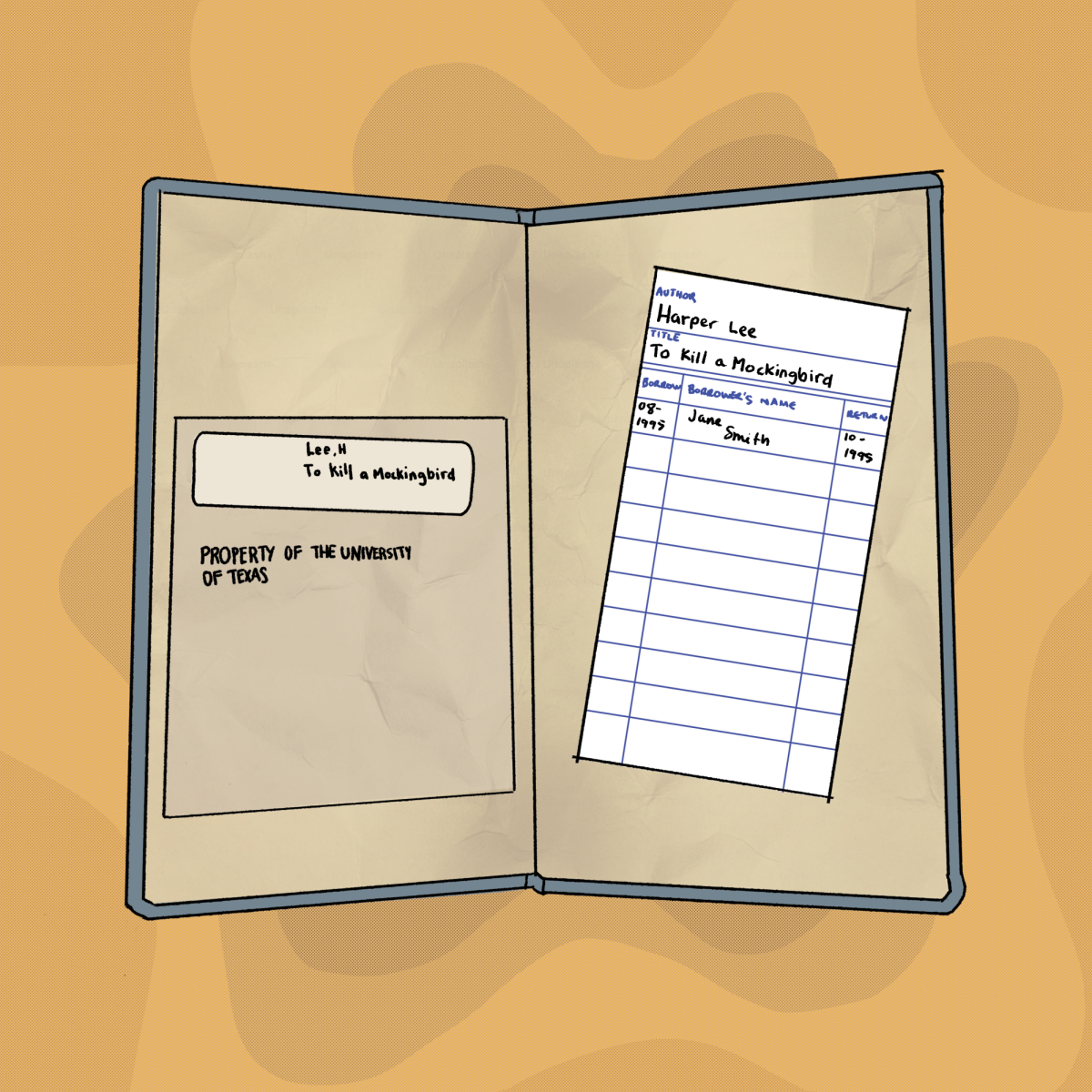Behind Mezes Hall stands a grove of oak trees. Under them, the unmarked grave of UT’s first mascot, a pit bull terrier named Pig Bellmont. Now, three students are requesting the University place a marker on the burial spot to honor him.
“This area sees a lot of foot traffic, but I don’t think many students know about our first mascot or that he is buried here,” government senior Mary Royston said in an email to President Gregory Fenves. “This is an interesting narrative in the story of (UT), and we think everyone should know.”
Royston and her friends Madeline Nichols and Alex Lawrence were taking a study break Saturday when they discovered the story of Pig on Bevo’s Wikipedia page.
“We didn’t know anything about (the original mascot), and we figured that most students didn’t know anything about it,” mathematics senior Nichols said. “There are so many things based around Bevo, but no one knows that there was anything before that.”
Before Bevo trotted his way into becoming one of the nation’s most recognizable mascots, Pig reigned on campus for nine years. However, in 1923, he was injured by a Model T on 24th Street and Guadalupe and passed away several days later.
Pig was given a funeral procession and his grave was temporarily marked with the epitaph “Pig’s Dead. Dog Gone.,” but the sign was lost during the renovation of Mezes Hall.
Royston and her friends walked to Mezes Hall on Saturday to see Pig’s grave. Upon discovering the grave was still unmarked, they emailed Fenves about getting a grave marker.
“I walk by there all the time because I have class in both of those buildings,” Royston said. “I never would’ve known, so we went to go check and there’s nothing.”
The three students copied student body president Colton Becker in their email to Fenves. Becker said he knew UT had a mascot before Bevo but was unaware the grave was still on campus. Becker sent the email to Dean of Students Soncia Reagins-Lilly and Fenves’ Chief of Staff Carlos Martinez in hopes of getting the grave marked soon.
“I had no clue that after 100 years it was still there,” Becker said. “That’s a big part of UT history, and I can’t believe that it hasn’t been marked or recognized in a formal capacity. I really hope that President Fenves acknowledges it in a formal way.”





















